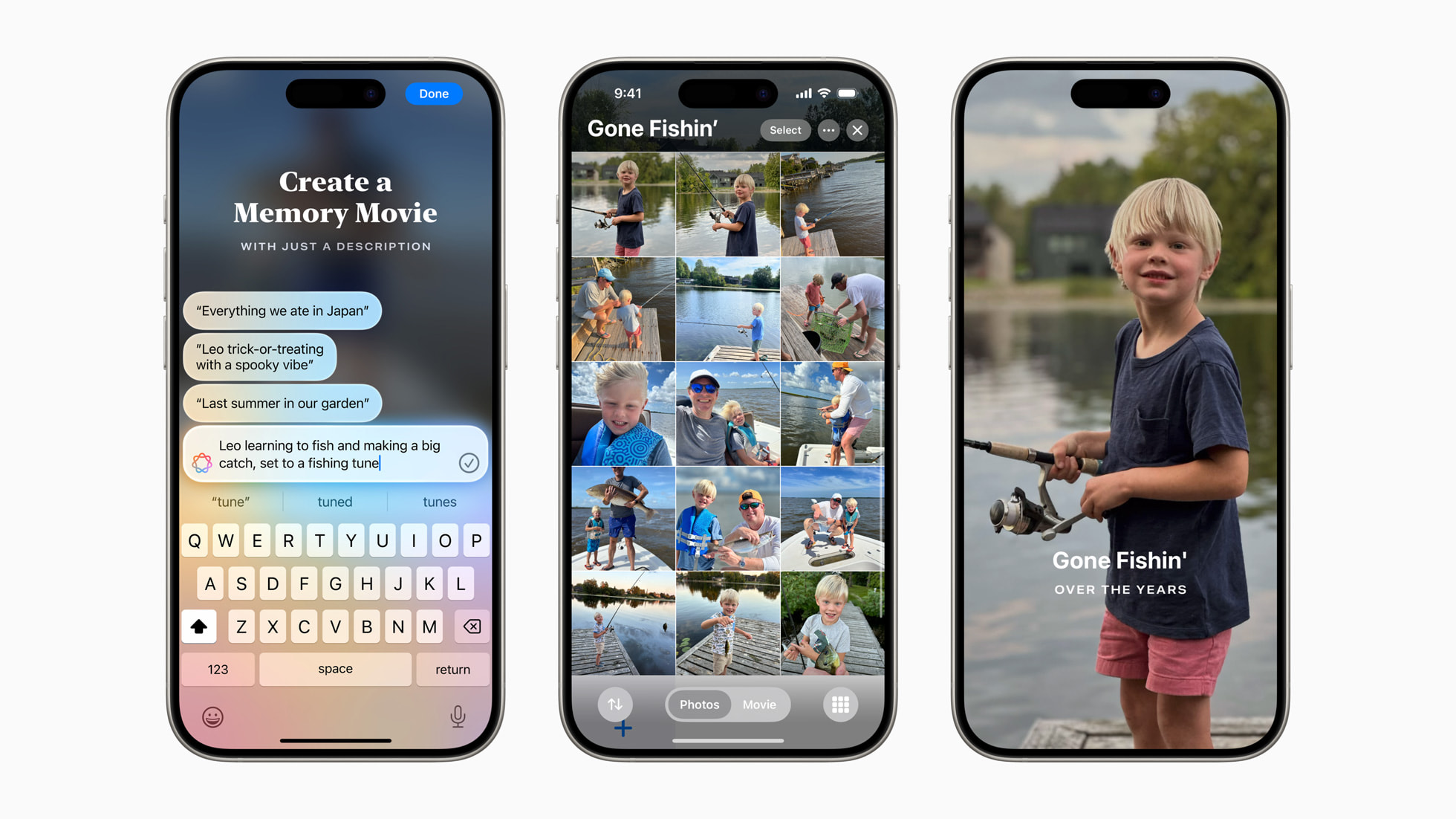Today at WWDC, Apple announced Apple Intelligence, a new AI experience that uses cutting-edge generative artificial intelligence to enhance iPhone, iPad, and Mac user experiences.
With Apple Intelligence, your devices can recognize languages, images, actions, and personal context based on large-language models (LLMs).
As a result of deep natural language understanding, the feature powers new writing tools across Apple platforms. In Mail, Notes, Safari, Pages, Keynote, and third-party apps, Apple Intelligence rewrites or proofreads text automatically.
Privacy in AI:
Using your personal information, Apple Intelligence can access data from your apps and what’s on your screen. Meanwhile, Apple Intelligence is aware of your personal data without collecting it. It sends only the data needed to fulfill a request to Apple servers based on Apple Silicon, which shares the same privacy and security capabilities as your iPhone.
Image Playground:
Users can communicate and express themselves more effectively with Apple Intelligence’s exciting image creation capabilities. With Image Playground, users can create fun images in seconds by choosing one of three styles: Animation, Illustration, or Sketch. Easy-to-use Image Playground is built right into apps, including Messages. You can also experiment with different concepts and styles using the dedicated app. Images are all created on the device, giving users unlimited experimentation options.
Images can be created quickly in Messages with the Image Playground, and users can see personalized suggestions related to their conversations.
Apple Pencil users can access Image Playground through the new Image Wand in Notes, making notes more visually appealing. It is possible to turn rough sketches into delightful images, and even to create images using context from the surrounding area by selecting an empty space. Additionally, Image Playground is available in apps like Keynote, Freeform, and Pages, as well as in third-party apps.
Genmoji:
Users can create original Genmojis to express themselves, taking emoji to a whole new level. With a few keystrokes, their Genmoji will appear with additional options. Genmoji can even be created based on photos of friends and family. Genmoji can be added inline to messages or shared as a sticker or reaction.
Siri is powered by Apple Intelligence:
Apple Intelligence is powered by Siri, which has become more natural, more contextual, and more personal. With the virtual assistant, you can make corrections in real-time and maintain conversational context. With on-screen awareness, Siri will also know what you are talking about if you ask it to do something related to what’s happening in an app. Over time, Siri will be able to understand and take actions in more apps, and it will be able to index photos, calendar events, and files semantically.
You can also use Siri to help you write. Mail and other apps now offer a new feature called Rewrite that allows you to change the tone or proofread inline text.
Apple Intelligence will also automatically summarize notifications. It can automatically determine whether notifications or messages are important enough to interrupt you in a new Focus mode called “Reduce Interruptions”.
AI in Photos:
Apple Intelligence makes it even easier to find photos and videos. Users are also able to find specific moments in clips to go straight to them by using search in videos. A new Clean Up tool can also identify distracting objects in the background of a photo and remove them without affecting the subject.
By typing a description, users can create the story they want to see. The Apple Intelligence system will pick the best photos and videos based on the description, craft a storyline with chapters based on the themes identified in the photos, and arrange them into a movie. Apple Music will even suggest songs based on users’ memories. Photo and video files are kept private on the device and are not shared with Apple or anyone else.
Apple Platforms Get ChatGPT Integration:
Using ChatGPT, Apple users can access its expertise and understand images and documents without having to switch between tools in iOS 18, iPadOS 18, or macOS Sequoia.
When necessary, Siri can access ChatGPT’s expertise. The user is asked before sending any questions to ChatGPT, along with any documents or photos, and Siri presents the answer to them.
In addition, ChatGPT is available in Apple’s systemwide Writing Tools, which allow users to generate content for any topic. Also available with Compose are ChatGPT image tools that allow users to create images in a variety of styles to complement their writing.
The IP addresses of users who access ChatGPT are obscured, and OpenAI does not record requests. The ChatGPT data-use policy applies to users who choose to connect their accounts.
Later this year, ChatGPT will be available on iOS 18, iPadOS 18, and macOS Sequoia, powered by GPT-4o. You can access it for free without creating an account, and ChatGPT subscribers can connect their accounts and access paid features directly from these experiences.
Compatible devices:
For Apple Intelligence in iOS 18, you’ll need an iPhone 15 Pro, while for macOS 15 and iPadOS 17, you’ll need an iPad or Mac running M1 Apple silicon or later.














